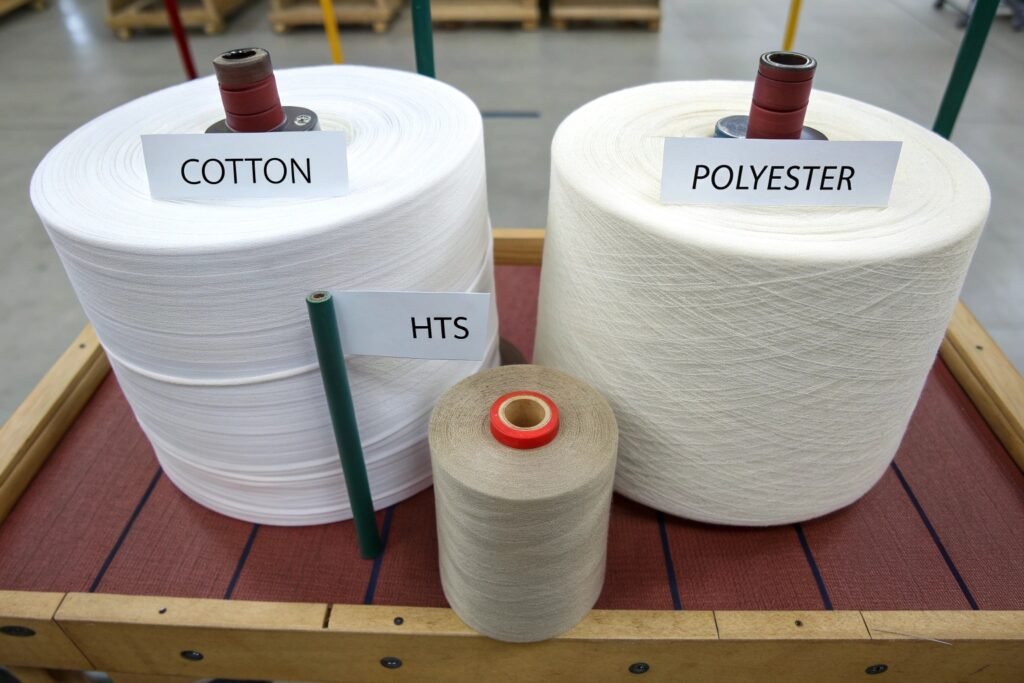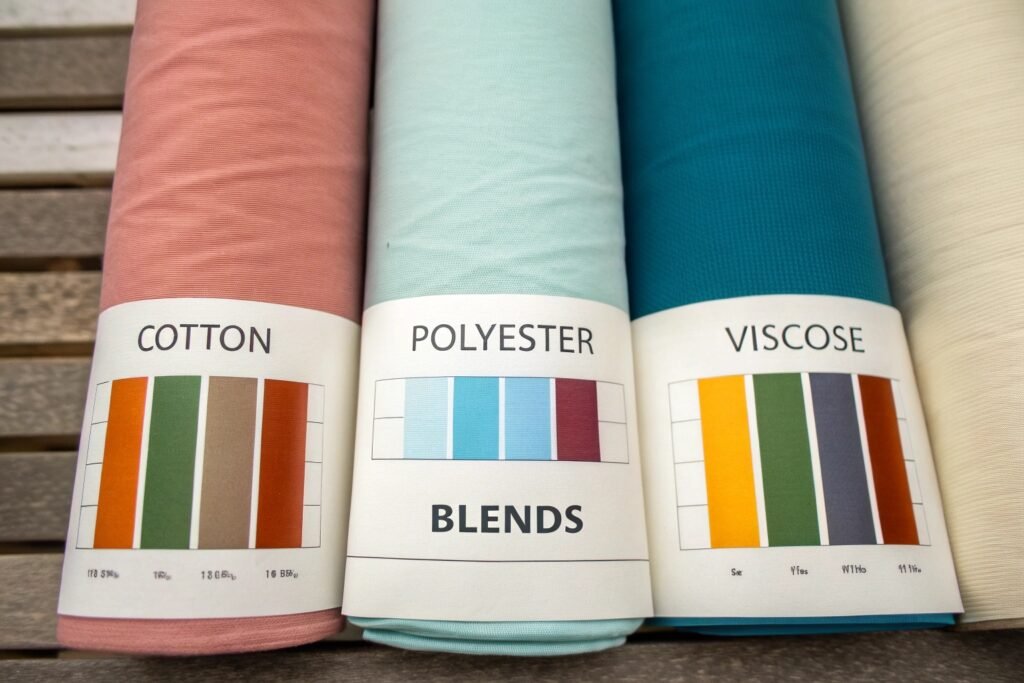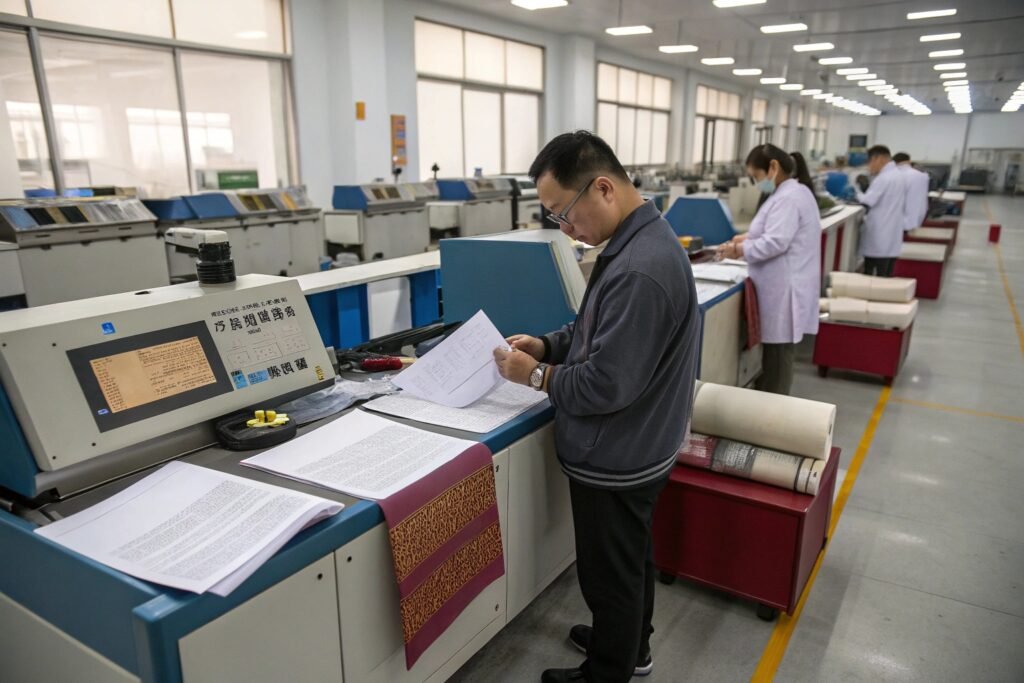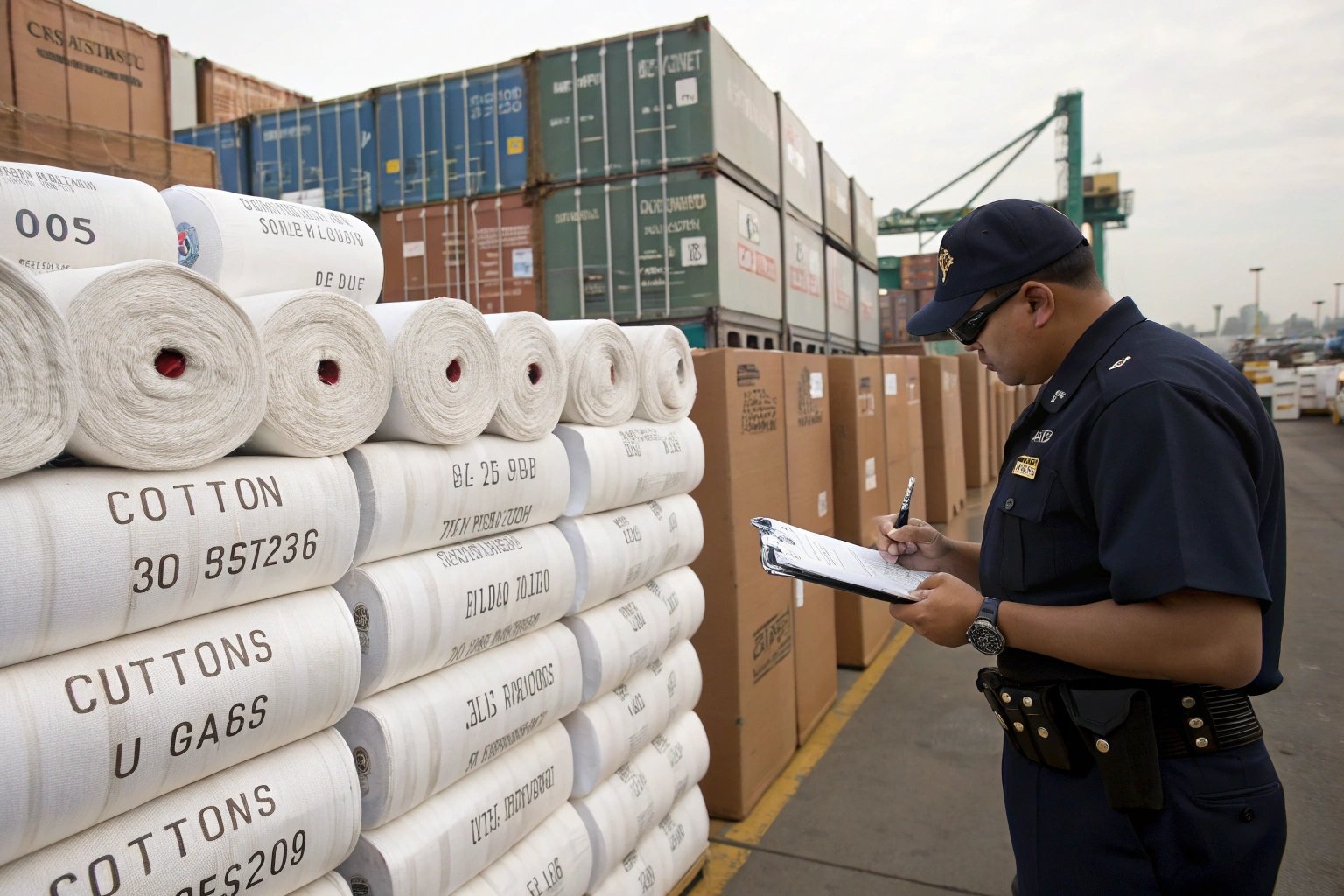When importing textiles into the United States, most buyers expect duties—but few understand how deeply fabric composition influences the actual rate. A few percentage points here or there may seem minor, but over thousands of meters of fabric, the impact on total landed cost can be huge.
US customs duty rates on fabric imports are directly determined by fiber composition. Whether a fabric is 100% cotton, polyester, a blended mix, or includes technical finishes can shift its Harmonized Tariff Schedule (HTS) code and significantly change duty percentages.
If you're a fabric buyer, brand, or importer working with suppliers in China or Southeast Asia, understanding how different fiber types affect tariff brackets is not just useful—it's essential for profitability.
What Is the HTS Code and Why Does Fiber Matter?
Every fabric imported into the US must be classified using the Harmonized Tariff Schedule (HTS) system, which is based on precise criteria like weave type, fiber percentage, use case, and finishing process.
Fiber composition directly determines the HTS code used during customs clearance. Each code has a corresponding duty rate—ranging from 0% to over 30%.

What Is an HTS Code and How Is It Used?
The HTS is a standardized system used by US Customs and Border Protection (CBP) to categorize all imported goods. Each item receives a 10-digit number. For textiles, the first six digits align globally, while the last four are US-specific.
You can explore official HTS lookups on the USITC website. For example, cotton woven fabric starts with 5208, while synthetic woven polyester may start with 5407.
Why Does Fiber Composition Change the HTS Code?
Even a 5% change in fiber content can push a fabric into a new classification. A fabric that is 65% polyester and 35% cotton may be classified under synthetic textiles (Chapter 54), whereas a 55/45 cotton-poly blend may fall under Chapter 52.
For clarification, see CBP's ruling archive where dozens of past textile classification cases are documented in detail.
What Are the Typical Duty Rates for Different Fibers?
Duty rates aren’t uniform—they fluctuate depending on the fabric’s fiber type, weave, and final use.
In general, 100% cotton fabrics have lower duty rates (8–10%) compared to synthetic fabrics like polyester (12–18%) or complex blends (up to 32%).

How Do Cotton Fabrics Compare to Polyester in Duties?
Let’s take two woven fabrics: one 100% cotton (HTS 5208.39.0000), and one 100% polyester (HTS 5407.61.9900). According to the HTS, the cotton fabric may incur a duty of 8.5%, while the polyester version may be taxed at 16% or more.
For a full table of rates by fiber, consult this Duty Rate Breakdown by Trademo.
Are There Higher Duties on Technical or Finished Fabrics?
Yes. Finishes like coating, lamination, or waterproofing can reclassify a fabric entirely under Chapter 59 (impregnated or coated fabrics), which can have tariffs as high as 22.5%–32%.
You can verify these on ImportYeti's fabric-specific duty reports or search by feature keywords like “coated” or “fire retardant.”
How Are Blended Fabrics Treated by US Customs?
Blends are one of the most complicated areas in US customs classification. Even small fiber ratio shifts affect both HTS code and tariff rate.
Blended fabrics are classified according to the ‘chief weight’ fiber—whichever makes up more than 50% of the total composition. If no single fiber exceeds 50%, special mixed codes apply.

What Happens If No Fiber Is Over 50%?
Fabrics that are 50% cotton and 50% polyester, for example, fall into “other blended textiles” categories and often carry higher duty rates (17%–20%) because they are harder to process and verify.
For case-specific rulings, the Binding Rulings Search shows examples of how US Customs classified blends.
Should You Round Fiber Percentages in Declarations?
No. Customs enforces strict accuracy, and rounding up or down can be considered misclassification. Always use lab-tested results and include fiber certification reports—especially when importing viscose, modal, or bamboo blends.
Labs like Intertek or SGS offer low-cost fiber analysis for customs accuracy.
How Can You Minimize Duty Costs Through Strategic Composition?
Smart importers don’t just react to duties—they plan around them. Adjusting fiber content by just a few percentage points can open up lower-tariff categories.
By designing fabric blends to shift classification (e.g., from synthetic to natural dominant), or avoiding high-tariff finishes, brands can lower landed cost by 8–20%.

Can You Re-Engineer a Fabric to Reduce Duty?
Absolutely. For example, switching a 48% cotton/52% polyester to 52% cotton/48% polyester may cut duty from 16% to 8.5%. That’s a major cost-saving on large orders.
Tools like Tariff Tracker can simulate import duties based on HTS and origin, helping with composition planning.
What Are the Risks of Misclassification?
Misdeclaration can lead to fines, shipment holds, or customs audits. The importer of record is liable, not the supplier. That’s why working with sourcing partners that understand HTS logic—like Fumao Fabric—is crucial.
The CBP Reasonable Care Guide outlines what documentation you should keep for textile imports.
Conclusion
Fabric composition isn’t just about fashion or function—it’s a determining factor in customs cost. From 100% cotton to complex synthetics, every percentage point can alter your HS code and impact your profit margin.
By understanding US tariff systems, using certified lab data, and planning fiber ratios strategically, you can reduce risks, optimize costs, and stay compliant. At scale, a smart fabric composition decision could mean the difference between breaking even and scaling profitably.










